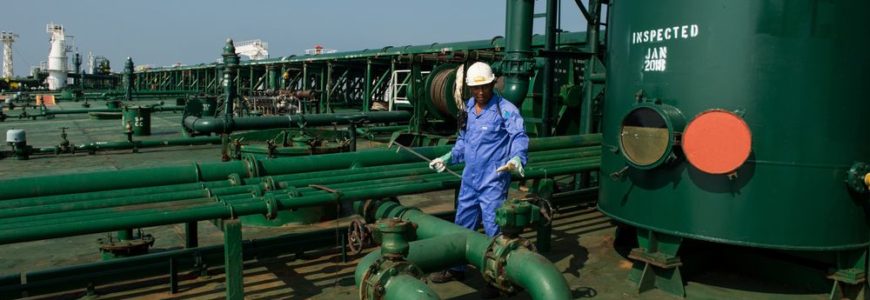
The first U.S. sanctions have been reimposed on Iran with little sign of either side softening its position. Curbs on oil exports will follow in early November and the effect will be bigger and swifter than last time around. Oil forecasters don’t seem to have grasped that yet.
There’s no doubt that President Donald Trump will be tougher on Iran than Barack Obama was, with no gradual ratcheting-up of pressure. Importers are expected to have tapered off oil purchases by Nov. 5, when the curbs come into effect.
Any waivers granted to buyers will still require much bigger cuts than they did last time, when a 20 percent reduction every six months was enough to win exemption from retaliation. And this time, Iran’s exports of condensates, a light form of crude extracted from gas fields, will be covered by the sanctions.
It doesn’t matter that European governments oppose Trump’s withdrawal from the Iran nuclear deal. Politicians and bureaucrats may work on “the continuation of Iran’s exports of oil and gas,” but it’s companies, not governments, that buy Iran’s oil. The threat of exclusion from the U.S. market and banking system is enough to stop them buying it, international shipping companies from moving it and insurers from covering that trade.

